The Bumpy Road to Washington National Airport
The early 20th century was marked by the fast emergence of air travel. Only two decades passed between the Wright Brothers’ first flight in North Carolina in 1903 (and subsequent training flights in Arlington, Virginia and College Park, Maryland) and airplanes being advanced enough to fly over the Lincoln Memorial dedication in 1922. A few years later, Charles Lindbergh captured the attention of the world when he flew across the Atlantic.
With the world in motion, a modern, accessible, airport quickly became a necessity for any major city, and Washington was no exception.
As early as 1926, the Citizens’ Association wrote a letter to Major U.S. Grant, 3rd executive officer of the National Capital Park and Planning Commission, warning that “a city which neglects to provide itself with an airport is, in effect, isolating itself from others, to the extent that air traffic to and through that city will not develop.”[1]
However, while there was general agreement on the need for an air hub to serve the nation’s capital, the road – literally – to achieving that goal was fraught with delays and obstacles.
In 1926, Hoover Field opened near the present day site of the Pentagon.[2] A year later, privately-owned Washington Airport opened right next door. When business slowed during the Great Depression, the two airports merged to form the Washington-Hoover Airport.
Washington-Hoover was an odd place. The airport was "bordered on the east by Highway 1, with its accompanying high-tension electrical wires, and obstructed by a smokestack on one approach and a smoky dump nearby."[3] Military Road, which had originally served as the border between Hoover Field and Washington Airport, cut the unified airfield in half, creating traffic and safety nightmares on the ground and in the sky.[4]
Lights and guards were set up to keep cars from using the road when an airplane was using the field.[5] However, according to the manager of the airport, Samuel J. Solomon, "Motorists do not obey the lights. They have nearly run down our guards, driving through deliberately against signals and lights, jeopardizing themselves and air travel.”[6]
Even when automobile traffic did obey signals, the layout of the airfield created a dangerous situation. The Evening Star reported on a particularly dramatic near-miss on February 13, 1936:
"The plane, an Eastern Air Lines twin engine transport, loaded with Florida bound passengers, was taxi-ing for a take-off at about 1 o’clock yesterday afternoon but failed to get off the ice coated field before reaching Military road. The road is slightly below field grade and when the plane rolled down into the little hollow and struck the slippery road, it skidded sharply to the left through a boundary light and across the road through the fence into the experimental farm. Fortunately, all automobile traffic had stopped for the red lights at the runway crossing the road was clear when the big ship slithered across.”[7]
Following the accident, Congress passed an emergency bill giving police the duty to guard Military Road. Anyone who ignored the lights or the guards would have to pay a $500 fine and could face up to six months in jail.[8]
Incidents like the Eastern Airlines flight led lawmakers – many of whom likely used the airport themselves – to take a closer look. Trying to rally support for a new airport in Washington, Nevada Senator Pat McCarran called Washington-Hoover airport "one of the most dangerous airports in the Nation, if not in the world," adding that "the fact that it has not had a major disaster is merely a matter of good luck.”[9]
Several possible sites were considered including Camp Springs, Maryland, and Gravelly Point in Northern Virginia.[10] But, like many things in Washington, the debate became embroiled in politics.
In 1938, a bill to build the airport in Camp Springs was passed in the Senate but died in the House after a 133 to 69 vote.[11] During the vote, Democrat Byron Scott of California accused three representatives of colluding with the owners of the Camp Spring site to get a monetary "kickback" if the site was chosen.
President Franklin D. Roosevelt sent the Speaker of the House a letter prior to the vote warning him that if the bill did not pass and a serious accident took place in the airport, "the blame will fall, I fear, on the Congress itself."[12] The President became very involved in the airport debate after having nightmares "of accidents and crashes" in the Washington-Hoover airport during his first term in office.[13]
After Congress failed to get anything done, Roosevelt stepped in. He asked the chairman of a new agency, the Civil Aeronautics Authority, to “treat the local airport matter as one of the first emergency items facing his organization.”[14]
A month later, on September 27, 1938, Roosevelt announced that he was tired of waiting for Congress to fix the problem because "human lives were at stake," and that the airport would be built in the Gravelly Point site.[15]
The Gravelly Point site was chosen because it was close to the Mount Vernon Memorial Highway (now the George Washington Memorial Parkway), it provided easy access to/from Capitol Hill across the Potomac, future expansion was possible, and the site was surrounded by land already controlled by the government.[16]
Even with those advantages, however, there were still engineering challenges. Most notably, the fact that the majority of the site was underwater. So, the first step in building the airport was to make a dike around the site and fill it with material. From November 1938 to December 1939, about 20 million cubic yards of sand and gravel were pumped into the site.[17]
By 1940, this process was finished and the field was ready for use. Next came building the actual terminal. On September 28, Roosevelt dedicated the airport, and laid the cornerstone of the terminal building amidst great fanfare.[18]
The Evening Star captured the scene as an armada of 400 planes flew overhead:
"In a single thrilling minute, the military planes converged over the airport from seven different directions and at as many altitudes. They came with such headlong speed and at so many angles that many a spectator held his breath lest they crash. But the breath-taking maneuver was managed perfectly."[19]
The act was a demonstration of the U.S. air might. In his speech, Roosevelt said the planes were there on a "peaceful mission," but that they were symbolic of "our determination to build up a defense on sea, and on land and in the air that is capable of overcoming any attack against us.”[20]
On Roosevelt's signal, the first plane landed on the field, it was an American Airlines plane. The company won the honor in a straw draw held a day prior to the event.[21] The second plane was from Eastern Airlines. Planes representing the Army, Navy and Coast Guard also landed on the field.
The day after the dedication, The Washington Post highlighted how the D.C. community felt about finally getting the airport their city deserved:
"It is a source of great satisfaction to Washingtonians that the city is soon to have one of the finest airports in the world. The excellent terminal now being rushed to completion at Gravelly Point will be more keenly appreciated because the city has been for so long without a first-class landing field."[22]
Howard Lovewell Cheney was chosen to design the airport's terminal. He wanted to build a modern airport, but the Interdepartmental Engineering Commission, which was in charge of the project, preferred a more colonial design.[23] The project would end up costing about $15,000,000.[24]
The National Airport officially opened for operation on June 16, 1941 at 12:01 a.m. No celebration was held to mark the historic moment. According to The Washington Post, "there will be no speeches, no air show and no movie cameras. The three airlines which fly into Washington will simply start using the field regularly and stop using the old terminal. That's all.”[25]
Though there was no formal program, several thousand onlookers showed up to see the first planes land at what became known as Washington National Airport.[26]
The first plane to officially land in the airport was an Eastern Airlines plane that was traveling from New York to Tampa, Florida. The first male passenger to enter the new airport was B. E. Chapman from Dallas, Texas, and the first female passenger was a New York showgirl named Hilda Ferguson.[27]
They would be the first of many, and reviews of Washington’s new airport were positive. As The New York Times put it, "few large metropolitan airports enjoy such pleasant land and air approaches as this one.”[28]
We can’t argue with that! There is something magical about looking out the airplane window to see the Washington Monument, the Capitol Building and the mighty Potomac River welcoming you to the Nation's capital.
Footnotes
- ^ The Evening Star. “Associations Back Proposed Airport.” The Evening Star August 12, 1926.
- ^ Metropolitan Washington Airports Authority. History of the Reagan National Airport. http://www.flyreagan.com/dca/history-reagan-national-airport
- ^ Feaver, Douglas B. “Years of Deal-Making Enabled Change from 'Disgrace' to Showplace." The Washington Post July 16, 2997.
- ^ The Evening Star. “Airports Combine in Virtual Merger.” The Evening Star September, 13, 1930.
- ^ Hull, Harris B. "Washington Wants a Safe Airport, Suited to the Nation's Capital." The Washington Post February 09, 1936.
- ^ Edgerton, J. A. “Airport Closing Tomorrow Looms.” The Evening Star February 14, 1936.
- ^ Edgerton, J. A. “Airport Closing Tomorrow Looms.” The Evening Star February 14, 1936.
- ^ Edgerton, Joseph S. “President Signs Airport Traffic Emergency Bill.” The Evening Star March 3, 1936.
- ^ The Washington Post. “McCarran Sees Death Peril in Local Airport." The Washington Post May 13, 1938.
- ^ The Washington Post. “President to Start Building of Airport, End Site Debate.” The Washington Post October 26, 1938.
- ^ Folliard, Edward T. “Graft Charge Kills Airport Bill in House.” The Washington Post June 15, 1938.
- ^ The Washington Post. "Roosevelt Asks U.S. Airport at Camp Springs." The Washington Post April 12, 1938.
- ^ Special to the New York Times. "Text of Roosevelt Speech at Washington Airport." The New York Times September 29, 1940.
- ^ Edgerton, Joseph S. “Years of Wrangling About Airport Climaxed by Beginning of Dredging.” The Evening Star October 30, 1938.
- ^ Edgerton, Joseph S. “Gravelly Point Is Designated As Site for Airport.” The Evening Star September 28, 1938.
- ^ Hooper, Carol, Elizabeth Lampl and Judith Robinson. "National Register of Historic Places Registation Form." 1995. Sec. Early Planning and Design at the Airport Site, p. 24-25. http://www.dhr.virginia.gov/registers/Counties/Arlington/000-0045_W.National_Airport_Terminal_1997_Final_Nomination.pdf
- ^ Metropolitan Washington Airports Authority. History of the Reagan National Airport. http://www.flyreagan.com/dca/history-reagan-national-airport
- ^ The Washington Post. "New Airport to Open Today." The Washington Post September 28, 1940.
- ^ Jones, Carter Brooke. “Unexpected Show of Aerial Might Thrills Throng at New National Airport Dedication." The Evening Star September 29, 1940.
- ^ The New York Times. "Text of Roosevelt Speech at Washington Airport." The New York Times September 29, 1940.
- ^ Metropolitan Washington Airports Authority. History of the Reagan National Airport. http://www.flyreagan.com/dca/history-reagan-national-airport
- ^ The Washington Post. "Washington's Airport." The Washington Post September 25, 1940.
- ^ Hooper, Carol, Elizabeth Lampl and Judith Robinson. "National Register of Historic Places Registation Form." 1995. Sec. Early Planning and Design at the Airport Site, p. 24-25. http://www.dhr.virginia.gov/registers/Counties/Arlington/000-0045_W.National_Airport_Terminal_1997_Final_Nomination.pdf
- ^ The Washington Post. "$15,000,000 D.C. Airport Is Opened." The Washington Post June 16, 1941.
- ^ Sullivan, Barry. "Washington Airport, World's Finest, Starts Operation Tomorrow." The Washington Post June 15, 1941.
- ^ The Washington Post. "$15,000,000 D.C. Airport Is Opened." The Washington Post June 16, 1941. & the Evening Star. “Airport Opened; 2,000 Watch Plane Land.” The Evening Star June 16, 1941. There is some debate around how many people were watching the first planes land. The Washington Post reported more than 5,000 while the Evening Star reported 2,000.
- ^ The Washington Post. "$15,000,000 D.C. Airport Is Opened." The Washington Post June 16, 1941.
- ^ Crider, John. "A National Airport." The New York Times June 15, 1941.


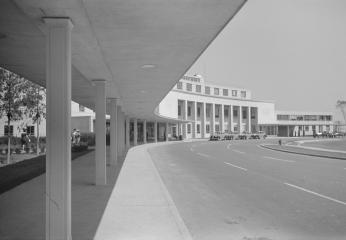
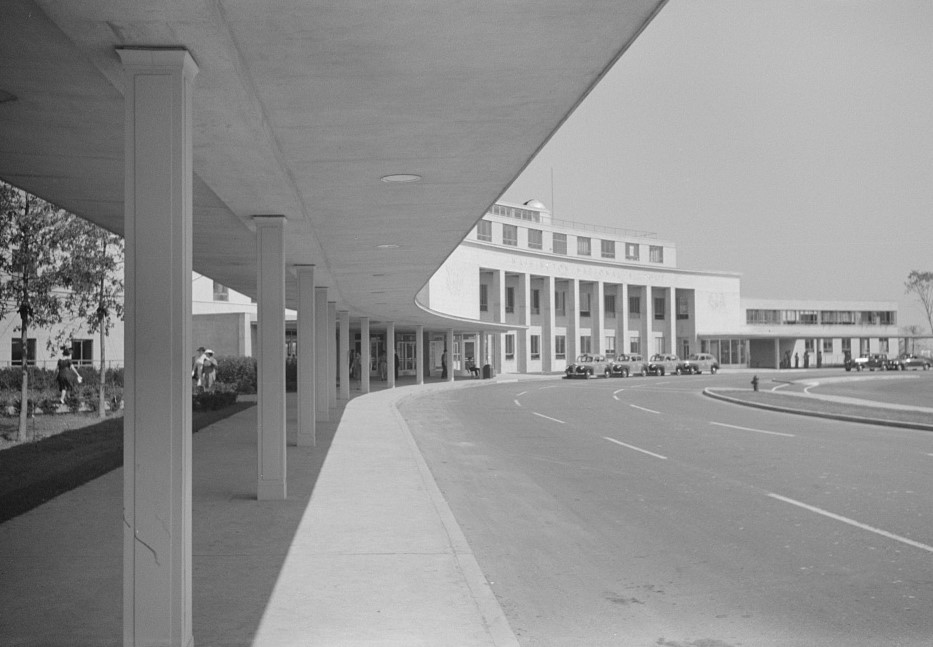
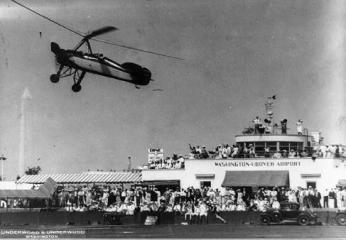
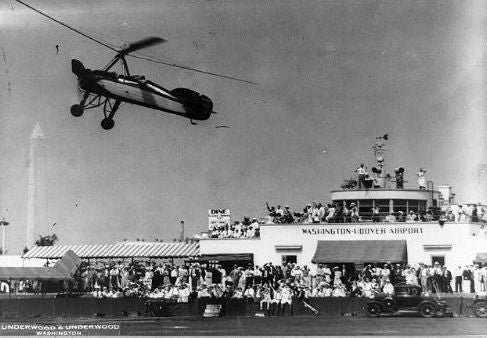
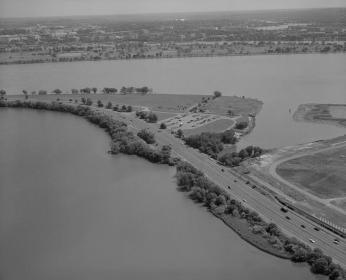
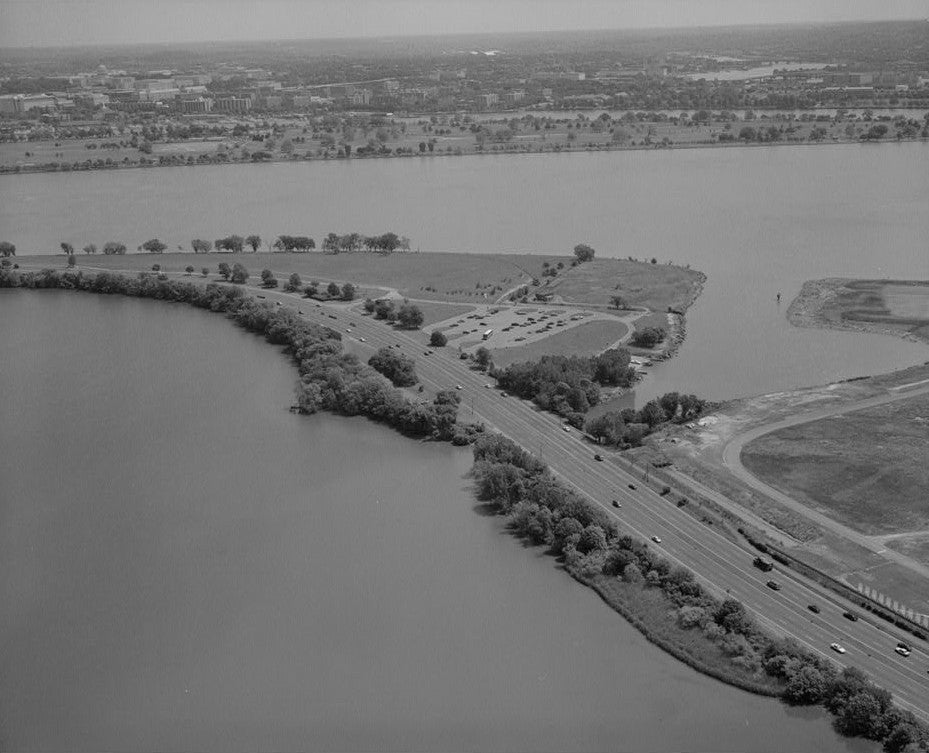
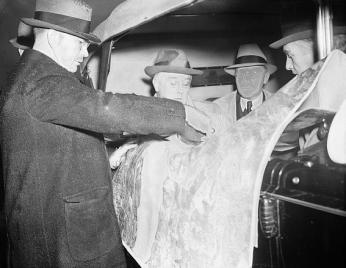
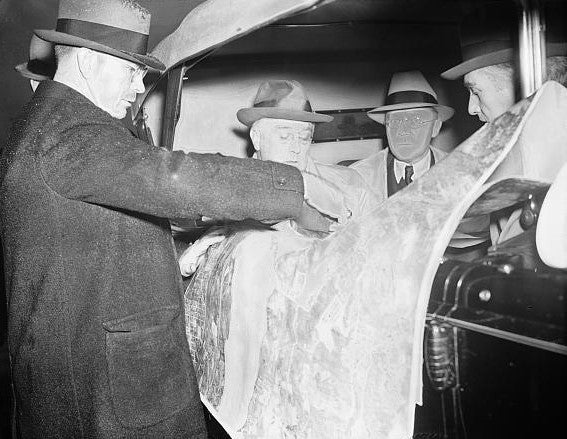
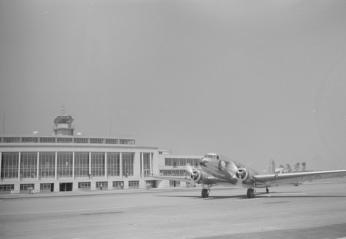
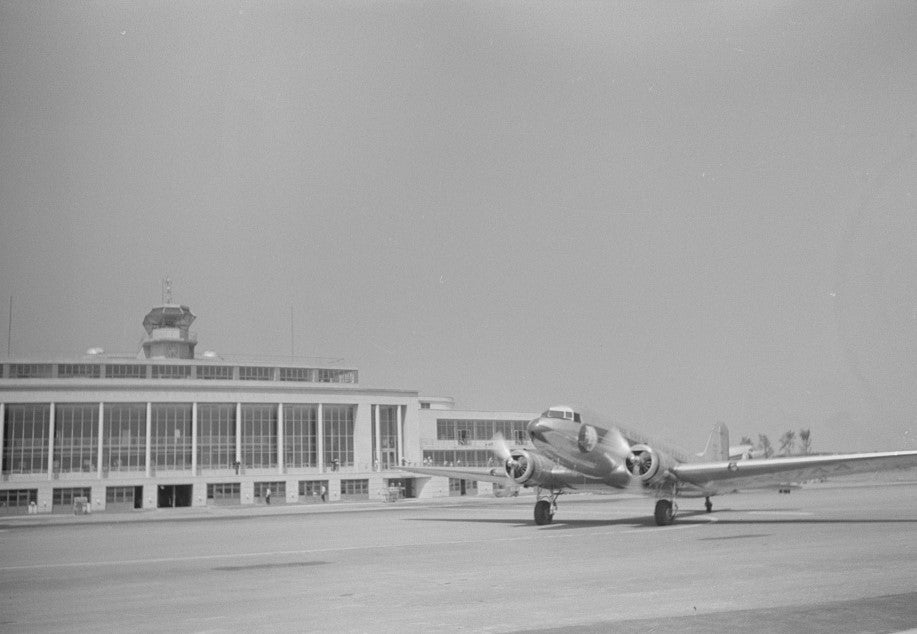
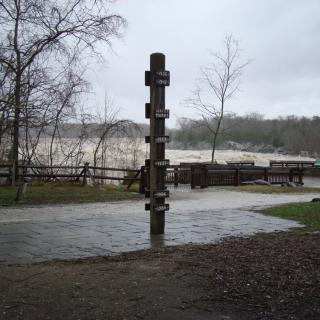
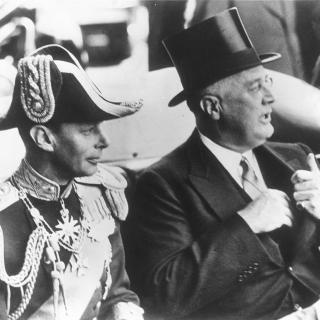
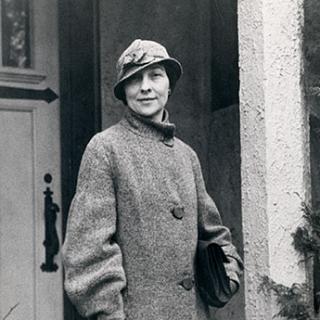
![Sketch of the mythical fuan by Pearson Scott Foresman. [Source: Wikipedia]](/sites/default/files/styles/crop_320x320/public/2023-10/Goatman_Wikipedia_Faun_2_%28PSF%29.png?h=64a074ff&itok=C9Qh-PE1)












